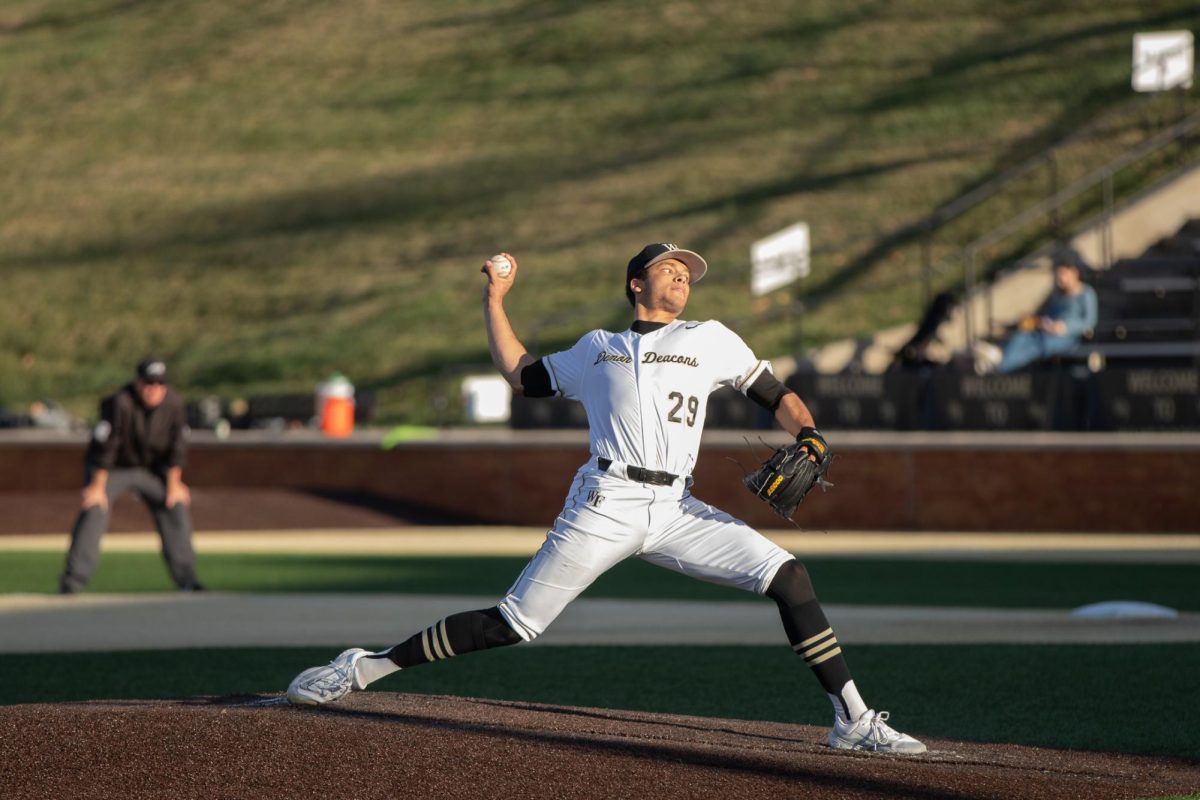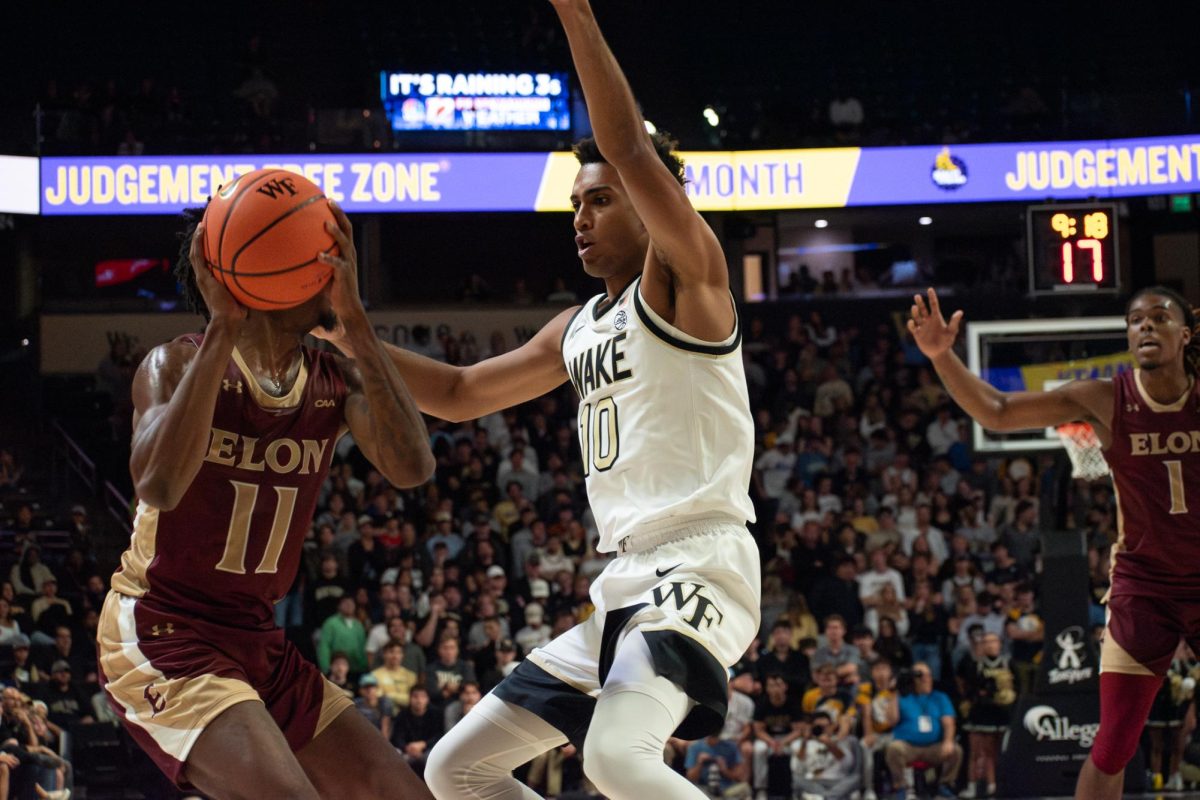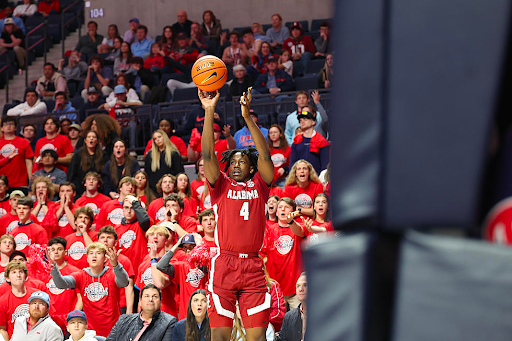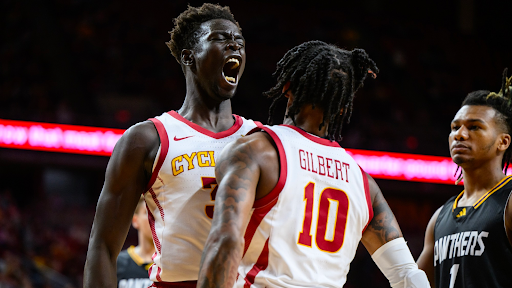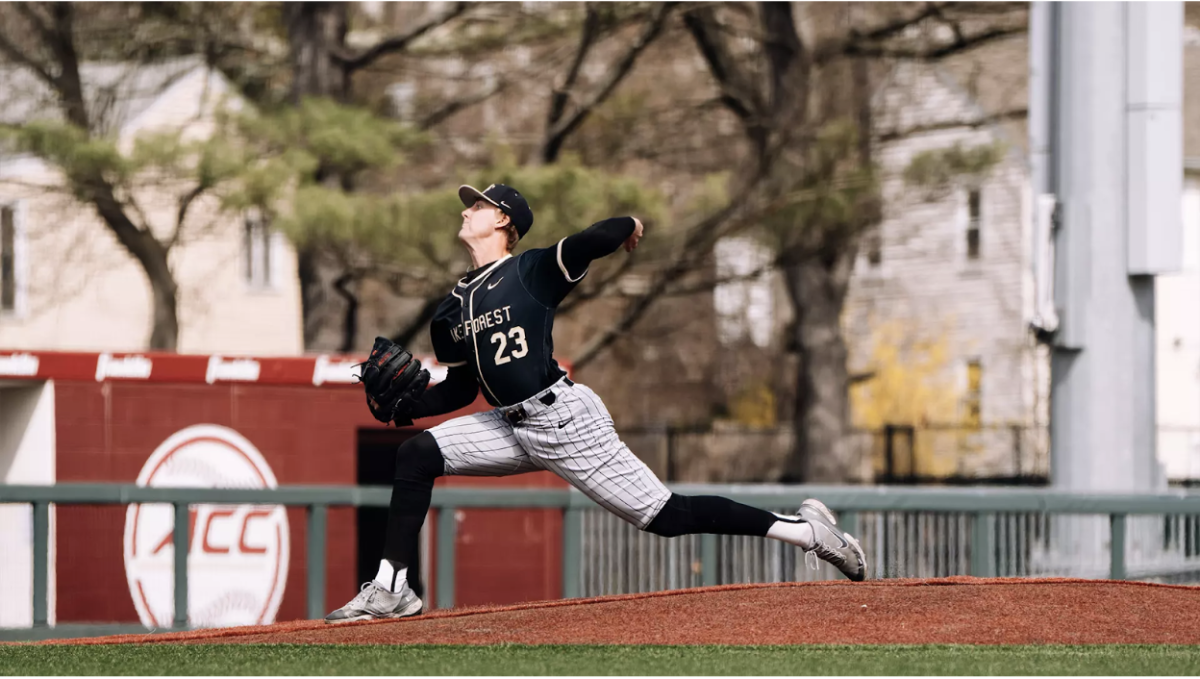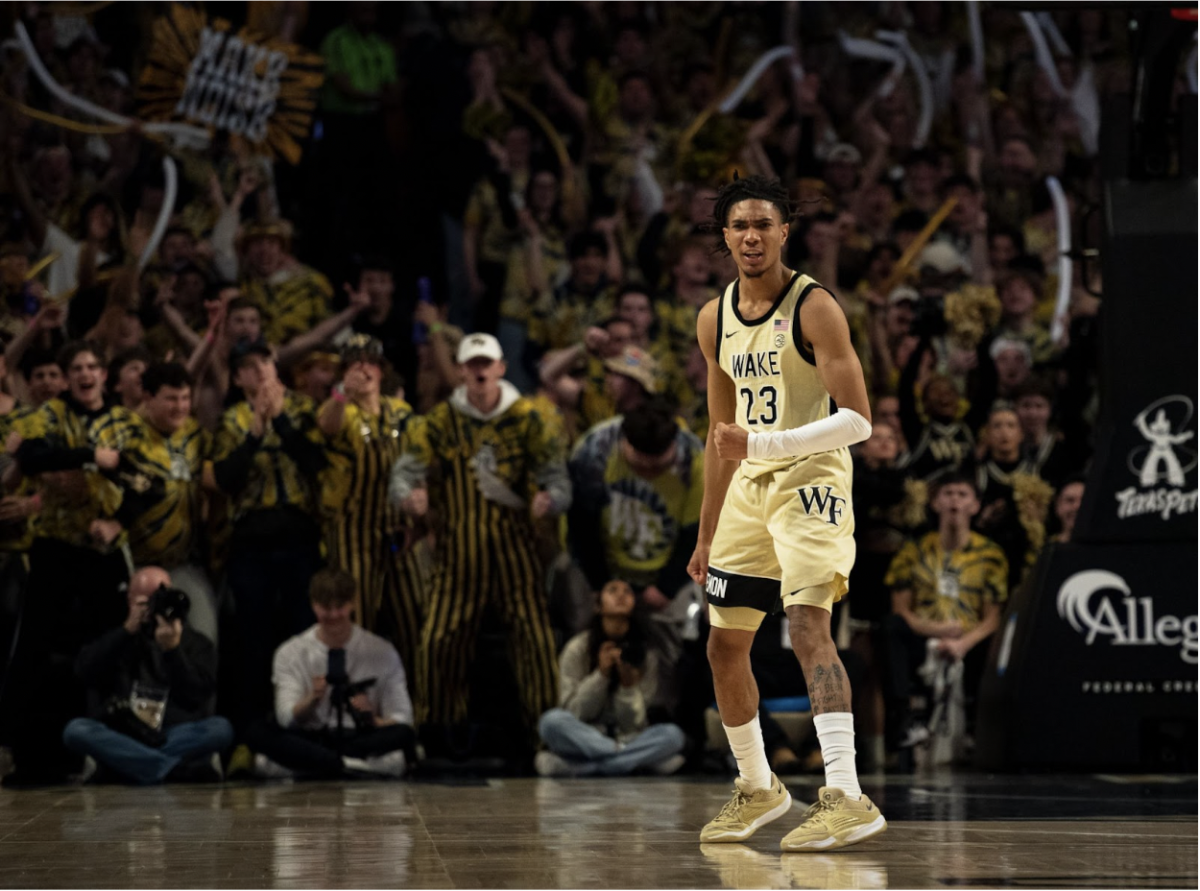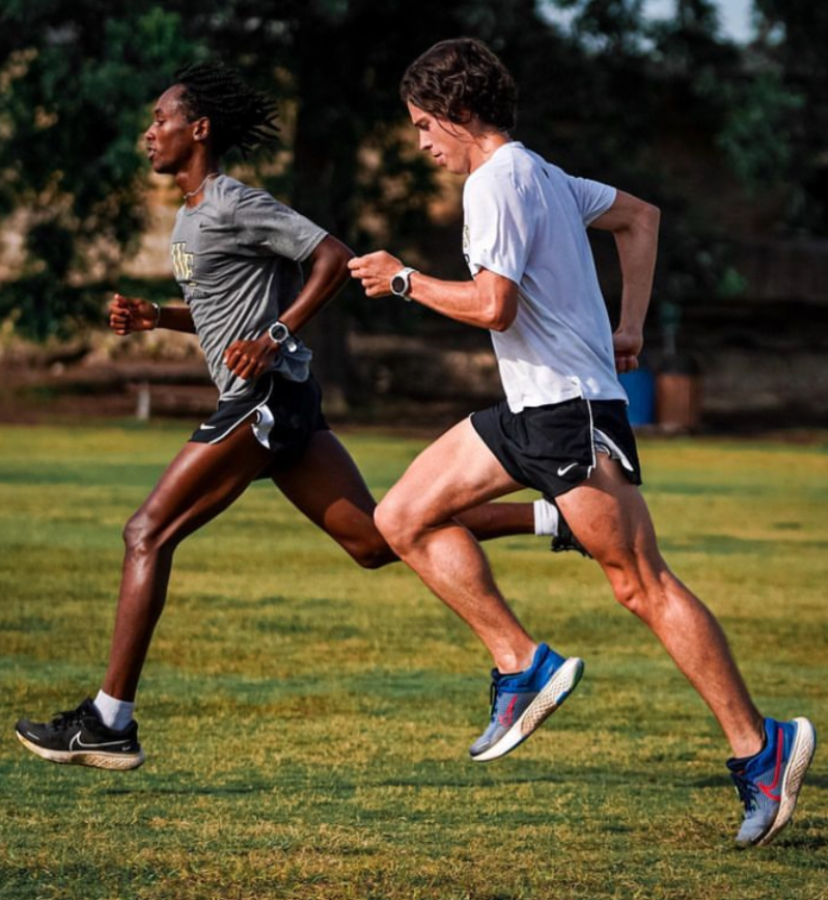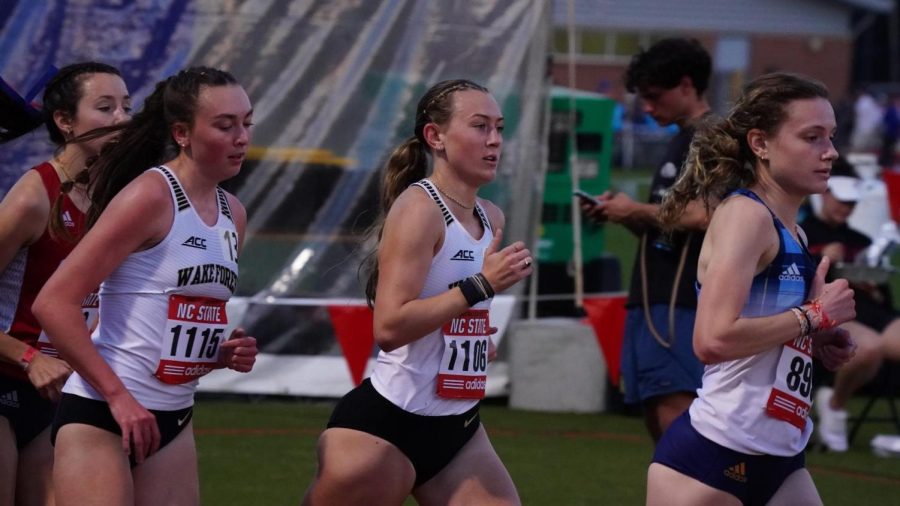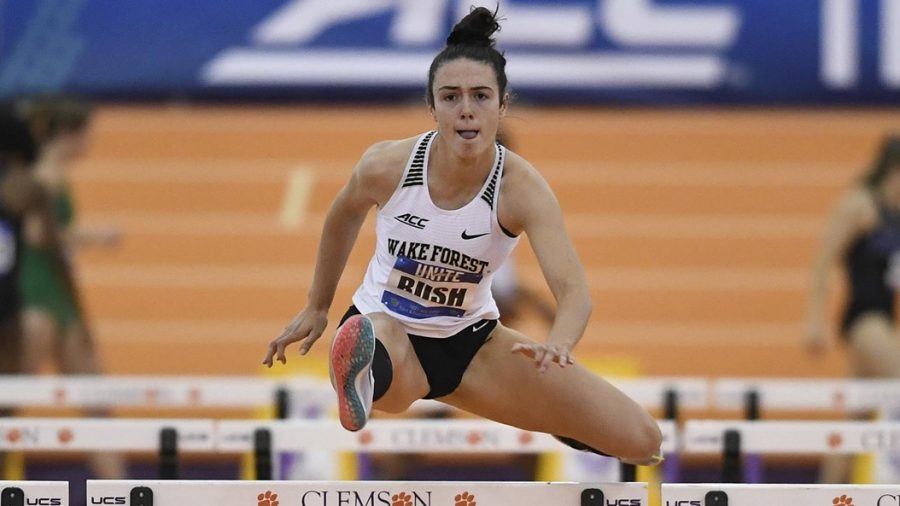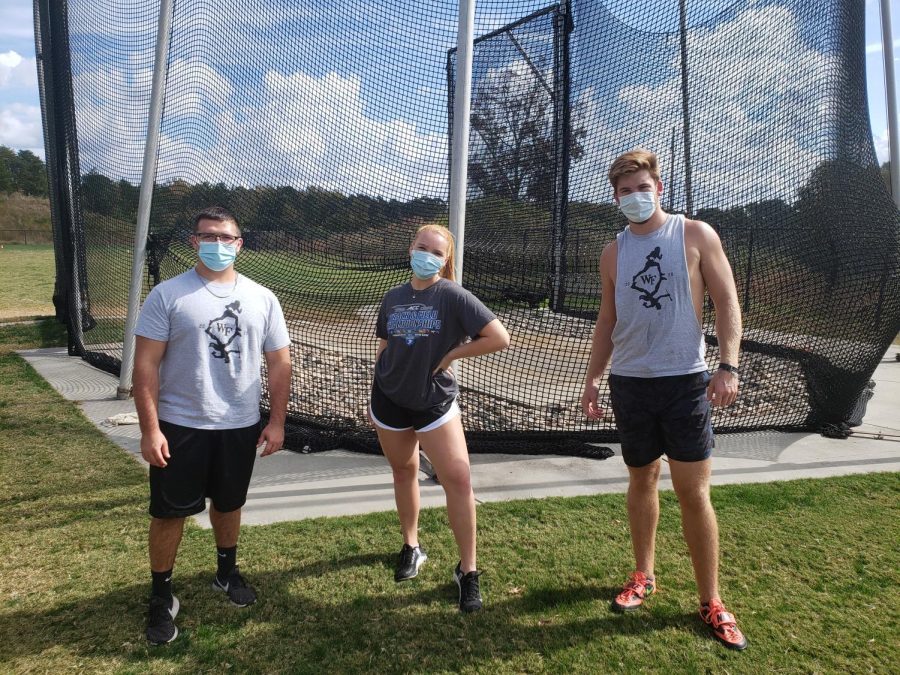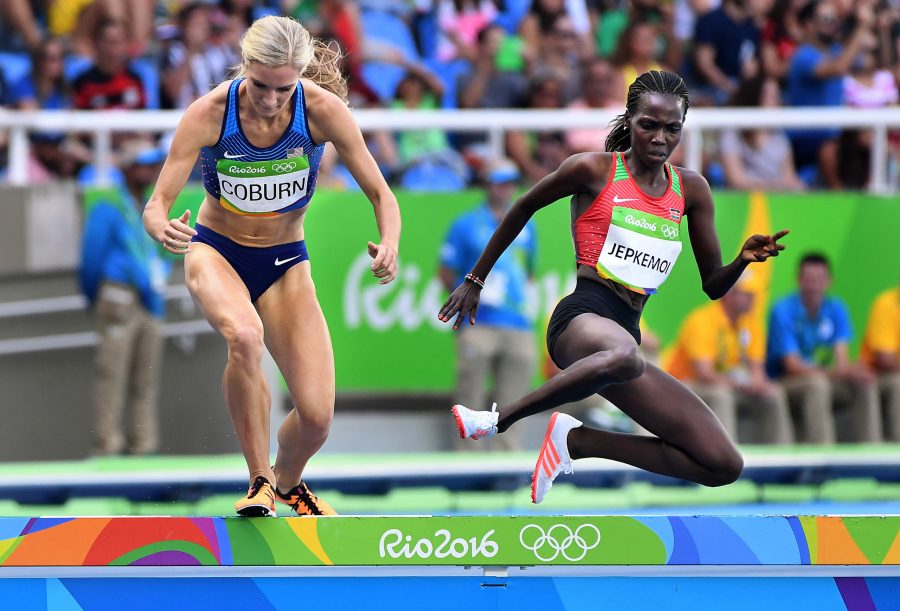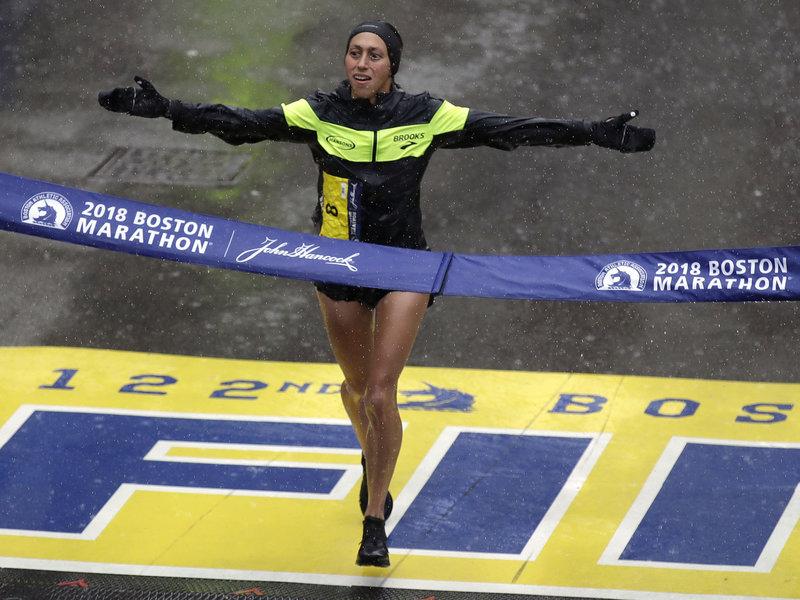The 5,000-meter run has always been the hardest for me to picture being run on a track. I think it’s because it was the distance that I ran in high school cross country. Our courses were the farthest thing from a track — we ran up and down mountains and hills through Colorado. Our state course even involved jumping over a river. Anyway, I’m back with more running insight, and this time I’m going to talk about the 12.5-lap wonder that is the 5,000-meter run.
Obviously, we really have no idea what is going to happen in Tokyo given the coronavirus and the possibility of cancellation raised by International Olympic Committee member Dick Pound, but I’m hoping for the best and assuming that all the speedy runners I’m writing about here will eventually make their way over to Japan to compete.
Let’s look specifically at both men and women who could represent the U.S. in this event as well as how they would be able to do so.
Women
Women need to hit an IAAF Olympic standard of 15:10.00 in order to qualify for Tokyo between May 1, 2019 and June 29, 2020. This date is after the U.S. Olympic Team Trials held in Eugene, Ore., and the qualifying standard for the trials is 15:20.
Thus, an athlete with a time between 15:10 and 15:20 would both need to finish in the top three and run a 15:10 or faster in the process to be on the team to Tokyo.
This is another event in which very few people have run a 5k this year, so I’m going to glean insight from Rio results and 3k results so far this year, in addition to the one 5k result I can find.
When we look at the body of work from this year, Karissa Schweizzer stands out. On Feb. 27, she set a new American record in the 3,000-meter run, outkicking Shelby Houlihan to run 8:25 in the event. Schweizzer and Houlihan are both potential options in this event for Tokyo, and also went 1-2 at the USATF Championships.
At Boston University (BU), we saw a 5k race for the first time I could find this year. Vanessa Fraser, Emily Infeld and Courtney Freirechs all hit the Olympic standard in their race. Some of them will opt to do the steeplechase or 10k, but are all formidable options in the 5k as seen through their race at BU. In Rio, Houlihan led the charge in 11th.
Men
The IAAF Olympic standard for men to qualify in the 5,000m run is a 13:13.50 or better. The same caveat exists for men in that the qualifying time for the trials is 13:25.00, so both finish and time would be required to make it for any athlete who did not have the Olympic standard going into the trials.
At USATF, Paul Chelimo, Anthony Rotich and Hillary Bor went 1-2-3 in the 3,000-meter run. When we look to Rio, Chelimo led the way for America with his silver medal. He went to UNC-Greensboro, so he is a favorite of mine. Bernard Lagat finished fifth in Rio, but is now looking towards the Olympic marathon.
Hassan Mead finished 11th in Rio and is eyeing a return in the 5,000m to Tokyo. The meet at BU did not feature a 5k for men, but saw a lot of speedy runs in the 3k. Lopez Lomong led the charge in a blistering 7:37. He was followed closely behind by Ryan Hill and Evan Jager. Jager will focus on the steeplechase but Hill could do a number of different things.
All in all, this is an event in which so much could happen given athletes qualifying for a number of other competitions. It’ll be interesting to see what happens both leading up to and in Eugene for the trials. Either way, the U.S. is in good hands with plenty of speedy 5k runners leading us into the Olympics.


